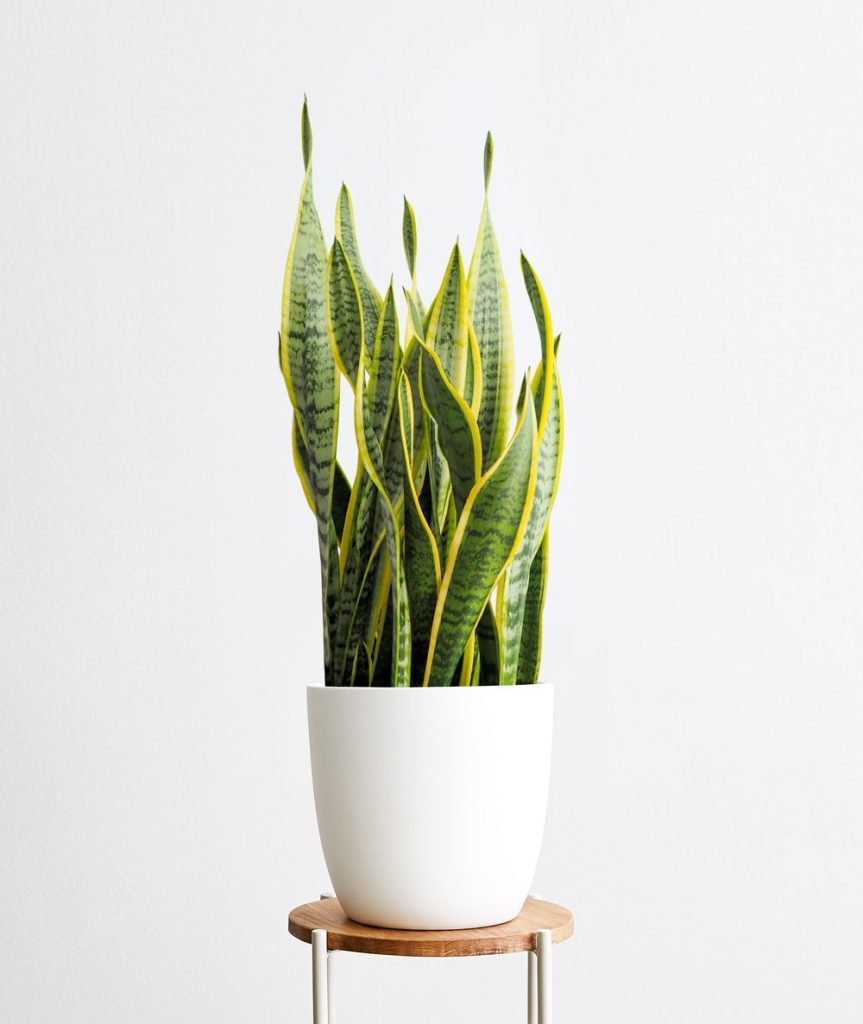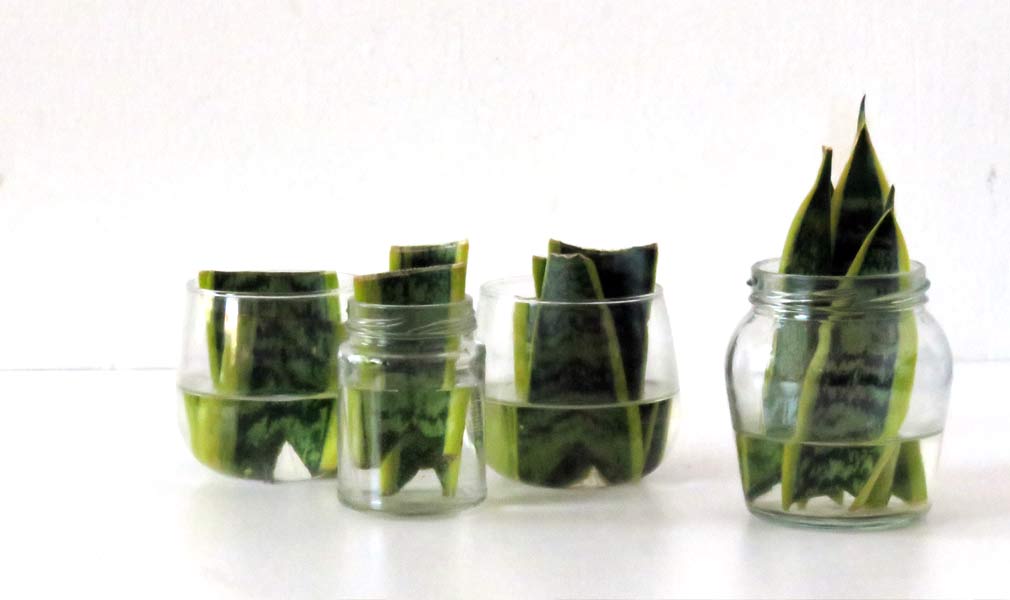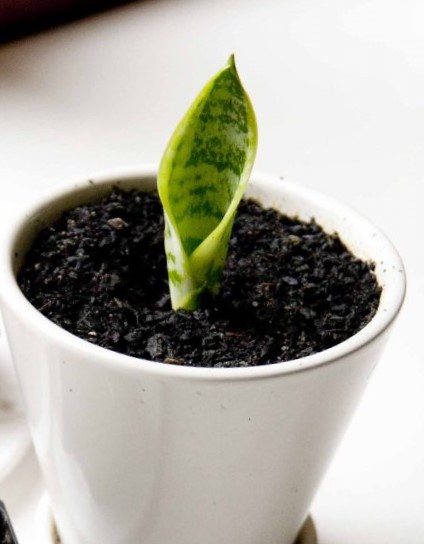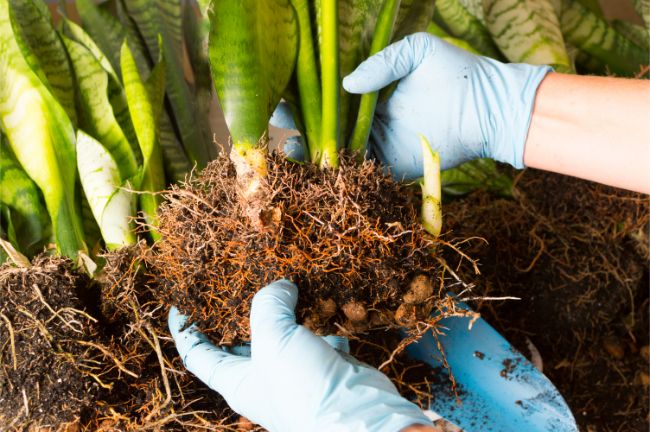
Snake plants, also known as “Mother-in-Law’s Tongue”, scientific name – Sansevieria, have grown to become one of the most popular house plants in recent years all because of their combination of striking leaves with amazing hardiness. They’re the houseplants that even black thumbs will have no problems with! They can also be used as air purifiers to boost the air quality in your home or office.
The Snake plant is native to Africa and has gotten the name snake plant due to the similarities between a standing snake & its upright leaves and the name “Mother in Law’s Tongue” for the sharpness of its leaves. The Snake plant is a succulent and flowering plant too, however, when grown indoors it is extremely hard to encourage the growth of flowers.
Selecting a Snake Plant
When looking for snake plants, look out for those with dark green leaves; pale leaves suggest that the plant is already on the decline. If your plant needs to be re-potted, and then try and select a terra-cotta or porous material pot like clay and a potting mix that allows for good drainage.
Finding a Space in your Home
When placing your new snake plant in your home, find a spot where it can get bright indirect sunlight (this is ideal for the plant) although snake plants can also tolerate direct sunlight. However, they will also grow well in shady corners and other low-light areas of the home (they won’t grow too fast though).
Another thing to keep in mind is to make sure that the plant is in a spot where the temperature will not drop below 100C, if there’s one thing the snake plant does not like it’s the cold! Make sure to protect it from drafty windows in the winter.

Caring for your Snake Plant
The best way to look after your snake plant is to almost forget about them! One of the main reasons succulents like the snake plant tend to perish is, overwatering. These plants don’t really handle wet soil very well and are prone to developing root rot.
To avoid this, make sure to not water too frequently, let the soil dry out between watering, and be especially careful not to over-water in the winter. The best way to know when to water is to not judge on how the top surface of the soil looks but Instead carefully stick your finger a few inches into the soil. If you feel any moisture, do not water.
The big, flat leaves tend to gather dust; so wipe them down as required with a soft damp cloth.
To promote growth, make sure to fertilize during the growing season with any all-purpose plant food.
Snake plants grow quickly in good conditions and will probably need to be divided and repotted yearly.

When re-potting your snake plant make sure to use a potting soil mix that drains well. Potting soil that is made for “Cacti & Succulents” would be perfect. For the pot, try to select a pot with a drainage hole at the bottom. Clay and Terra cotta pots work best for snake plants as they allow the soil to dry out far more easily.
The best time for re-potting is just before summer (summer is the growing season), put it in a pot filled with well-draining potting soil.
Propagation
Snake plants are incredibly easy to propagate. The three ways in which you can multiply your snake plants are through, leaf cuttings in water, leaf cuttings in soil, and by the division of rhizomes (cutting and dividing the roots).
Leaf Cuttings in Water
Cut off a healthy, green leaf near its base and make an upside-down V-shaped notch/cut at the bottom. Place this leaf in a jar with clean water and watch the roots grow in about 3-5 weeks. 2-3 weeks after that you will see new baby leaves start growing after which you can then move your leaf cutting into soil. Make sure the water level in the jar is just above the V-cut made as the roots will grow from the cut itself. This method is super easy but the variegated varieties of Sansevieria will most likely lose their variegation when propagated in this way.

Leaf Cuttings in Soil
Cut off a healthy, green leaf near its base and allow the cut surface to dry and heal for about 1 or 2 days. Plant the cuttings in a well-draining potting soil mix, water well, and let drain. And that’s it! Make sure to not let the soil get too dry or too wet. This method will take a little bit longer to grow its roots as compared to when placed in water. This one-step method has the same con as with leaf cuttings in water, i.e., the cuttings may lose their variegation.

By Division of Rhizomes
‘Division’ is a method of propagation where the root clump of a plant is cut making sure that the root and the leafy top are kept intact. Take your Sansevieria out of the pot and using a pair of clean gardening scissors divide up the root clumps, ensure that each division has some roots and leaves attached to the top. Plant these root clumps in their new pots with some well-draining soil. This is the only method of propagation that will ensure your new snake plant retains all its variegation.

Toxicity
Unfortunately, the snake plant is toxic to both cats and dogs. Ingestion can cause nausea, vomiting and diarrhea.
Potential Problems
Root rot: The usual cause for this is overwatering and conditions that are too cold or a combination of the two. The first sign of this is the leaves starting to yellow and drooping down. The most common cause here is overwatering, which may first be identified by the leaves yellowing or drooping. In this case, you will need to cut off the most affected parts and hold off on watering. Snake plants are quite resilient and will tend to recover.



